How Spotify is harnessing the power of AI for a more personalised offering
Last month Spotify completed four years in India. To mark the occasion, Spotify also released the second edition of its Sonic Science research, which highlights how audio affects human brains. Richard Frankel, Global Creative Director, Spotify, was recently in India and spoke about the research.
Adgully caught up with Richard Frankel, Global Creative Director, Spotify, and Arjun Ravi Kolady, Head of Sales, Spotify India, to know more about the company’s plans in India, the evolving consumer behaviour, new features being introduced, advertisers on Spotify, the new AI-powered DJ system being Beta tested in the US, and more.
At the outset, Richard Frankel stated that he believed he worked at a technology company, and not an audio streaming app. He said, “You might think of Spotify as a great place to listen to music, podcasts, etc., but we don’t feel that way to our listeners, there are 9,000 of us in Spotify globally and 7,000 of them are engineers. That is actually a good thing because we are super interested to understand how everything works from a data point of view. Our philosophy is that the listeners come first and then data drives direction. We have made Spotify into something very special for each and every listener because of context but everyone thinks its content. But in Spotify, we believe that content is king, context is god.”
How similar is the consumer behaviour in India and the US? What are the key differences?
Elaborating more on the consumer behaviour globally, Arjun Ravi Kolady said, “There are three layers incorporated into the audiences that are largely similar. I think globally, we see 70-plus per cent of our users. Somebody in the US or South Africa, Dubai, or Finland, has probably the same use cases – when you wake up in the morning you have a get ready playlist. The places where we fit in the life of an average person are largely the same because of music and audio. Of course, the variations would be in, for example, content. So, in India where there is great diversity, people are streaming in 20-plus languages now. I think those are probably the variations, but from a behaviour point of view, because of the role we play as humans, we see them as universal.”
What is the targeting bid for the advertisers? Do fitness brands advertise themselves in the fitness category? Or is there more to the targeting?
Frankel replied, “Yes, there’s more to it. And they should, why wouldn’t they show up with your ads? Some brands that have ultimate authority, like Nike, will come and actually curate, they will build playlists for runners on Spotify that are among the most popular we have, because they have the right to be an expert. And we encourage it, but they also have the right to show up in our playlist and sponsor them and to use great audio in the service of runners. On the other hand, we try to get people to think about targeting as we know who those runners are, and we know they are with us all day. We also know they don’t just run. So, why wouldn’t we also let a fitness brand interact with them at a later time in the day when they are kind of winding down at the end of their day. That might be a more appropriate time to deliver a message about what tomorrow’s regime should be or what the bigger picture looks like for that brand and listener together. It doesn’t have to be in the moment. It’s the audience members who care about their entire journey.”
A lot of other applications offer a feature of watching or listening content together. Is there any possibility in the future that Spotify might have a similar feature which connects people living geographically in a different state or city?
Frankel hinted that Spotify is actually working on something similar and added, “We’ve had a couple of really interesting features that are leading into exactly what you are talking about. On the music side, one is called Blend, which would allow you or any other person or a group of upto 10 people that are friends of yours, to combine your playlist history in a way that would help you understand what all of you have in common and build playlists for you that you will all agree on, it’s really a fascinating thing to do. It’s sort of like a multi-tiered version of wrapped, that just looks at that small cohort. On the podcast side, we’ve seen a massive growth in Gen Z's streaming podcast some of it is driven by the pandemic, but most of it is driven by the complexity of the world that we are trying to navigate.
He further added, “We are seeing a lot of reporting around mental health issues and well being issues and a lot of podcasts development in that space, where Gen Z audiences are going to try and use the podcast landscape. The podcast is turning into a place where longer, more complex stories can involve interactions that can still happen. It is really interesting.”
Recently, Spotify launched DJ in the US. Is it still in the beta stage? Do you plan to launch something similar in India as well?
Frankel informed that it is still in the Beta stage. He added, “We think one of the reasons we differentiate from other audio streams is how elegant our interface is – the kind of things we prioritise and offer every single user. It is not an easy task. We spent a fortune on it. So, this time we tried to play with the idea of what if Spotify already knows what you want. So, this is an artificial intelligence experiment using a synthesised voice. Now AI will suggest songs for you. Now when you wake up in the morning, you don’t need to search or scroll for songs, you can just set up the DJ. It can suggest songs you used to listen to two years ago or songs according to your mood.


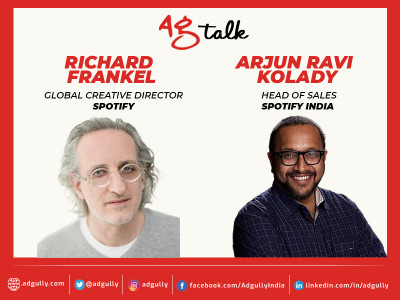



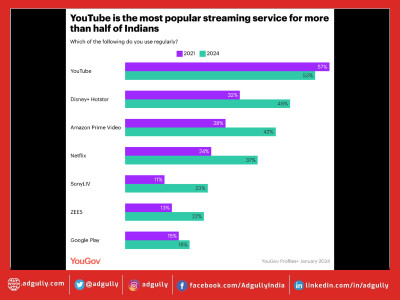

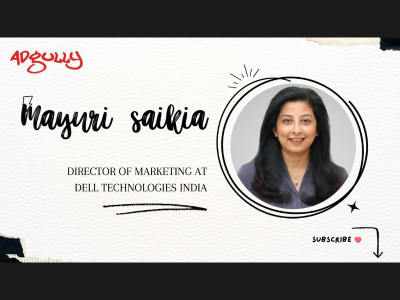
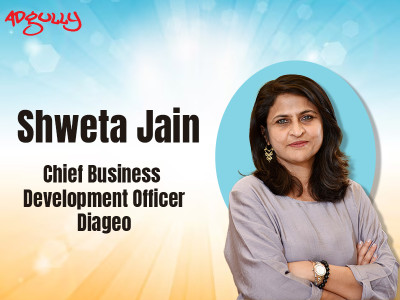
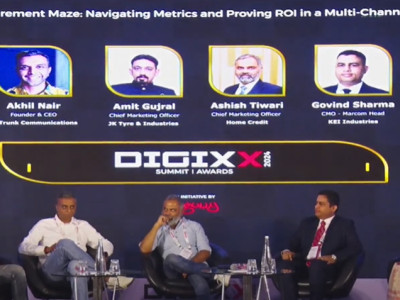
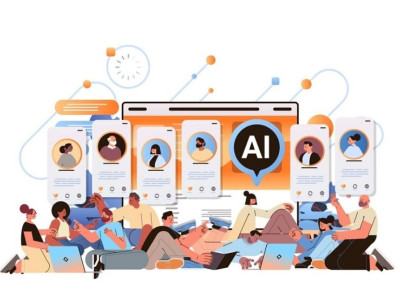
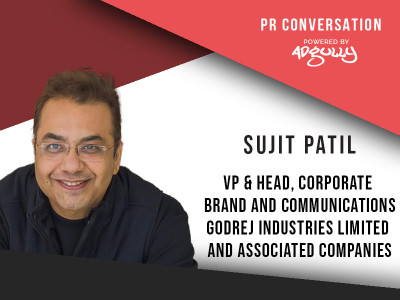
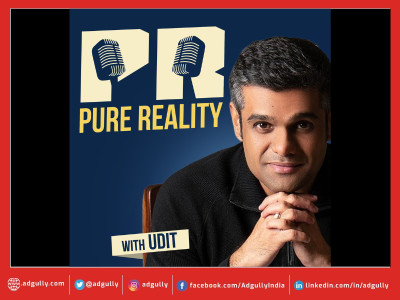
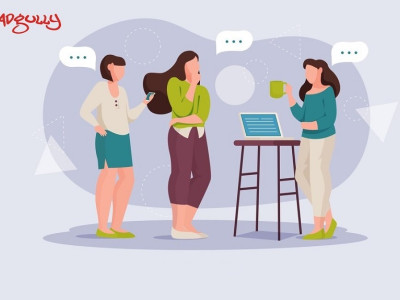

Share
Facebook
YouTube
Tweet
Twitter
LinkedIn